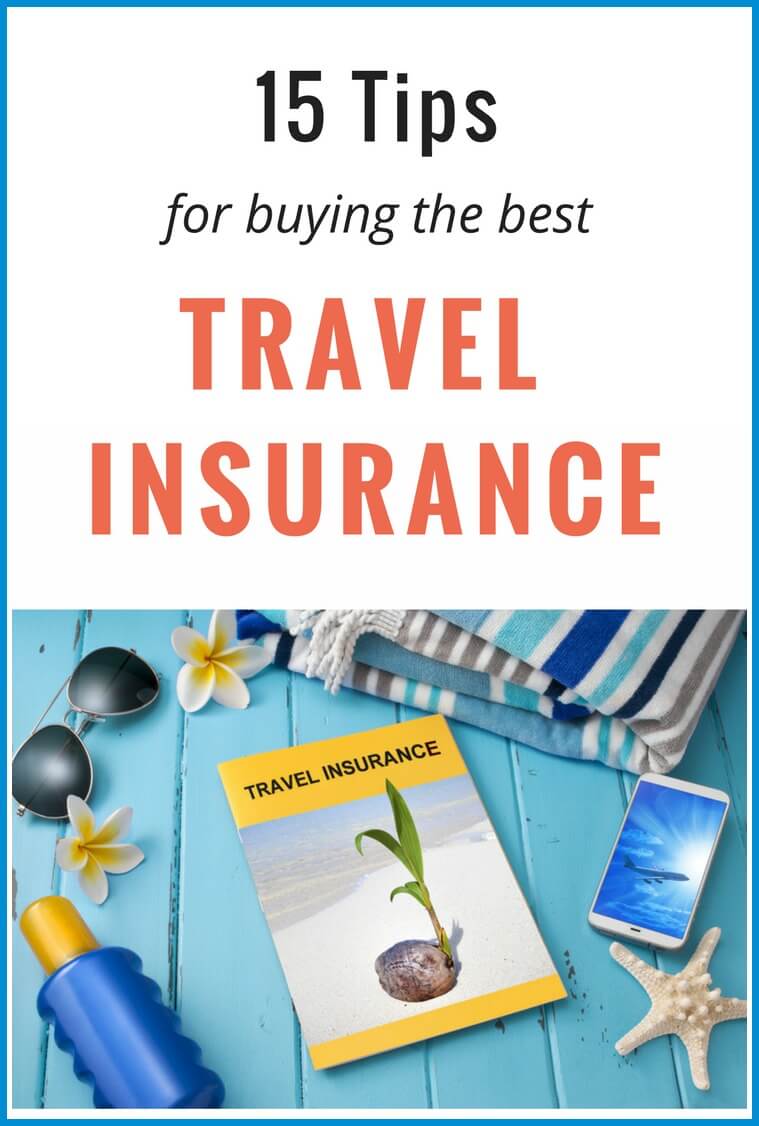Traveling can be a thrilling experience, but it can also be filled with unexpected twists and turns. Whether you’re planning a quick weekend getaway or a dream vacation, it’s always a good idea to be prepared for the unexpected. That’s where travel insurance comes in.

When it comes to shopping for the right travel insurance, it can be overwhelming. With so many options out there, it’s hard to know where to start. But fear not, fellow traveler! We’re about to break down the process into simple, easy-to-follow steps. So grab a cup of your favorite coffee, get comfortable, and let’s dive in.
Step 1: Determine Your Needs
Before you start shopping for travel insurance, it’s essential to think about what you need. Are you planning a solo trip, or are you traveling with family or friends? Are you going on a high-risk adventure, such as hiking or scuba diving? Are you traveling to a destination with a high risk of natural disasters, such as earthquakes or hurricanes?
Take a few moments to think about what could potentially go wrong during your trip. This will help you determine what type of coverage you need. For example, if you’re planning a low-key beach vacation, you may only need basic coverage. But if you’re planning a more adventurous trip, you may need additional coverage for activities such as skiing or hiking.
Step 2: Choose a Type of Policy
Travel insurance policies come in a variety of shapes and sizes. Here are a few common types of policies:
- Trip Cancellation Insurance: This type of policy covers you in case you need to cancel your trip due to unforeseen circumstances, such as illness or a family emergency.
- Trip Interruption Insurance: This type of policy covers you in case your trip is interrupted due to unforeseen circumstances, such as a natural disaster or transportation delays.
- Travel Medical Insurance: This type of policy covers medical expenses you may incur while traveling, such as doctor visits or hospital stays.
- Travel Delay Insurance: This type of policy covers you in case your trip is delayed due to unforeseen circumstances, such as flight delays or cancellations.
Step 3: Compare Policies
Once you’ve determined your needs and chosen a type of policy, it’s time to start comparing policies. Here are a few things to look for:
- Coverage Amounts: Make sure the policy provides sufficient coverage amounts for medical expenses, trip cancellations, and other potential risks.
- Deductible: Check the deductible amount to ensure it’s reasonable and aligns with your budget.
- Pre-Existing Conditions: If you have a pre-existing medical condition, make sure the policy covers it. Some policies may have a waiting period or require additional documentation.
- Provider Network: If you’re planning a trip to a remote or foreign destination, make sure the policy has a sufficient provider network in place.
- Claims Process: Check the claims process to ensure it’s simple and efficient.
Step 4: Check Reviews and Ratings
Before making a final decision, it’s essential to check reviews and ratings from other customers. Here are a few places to check:
- Policy Providers’ Websites: Check the provider’s website for reviews and testimonials from previous customers.
- Independent Review Sites: Check independent review sites, such as Trustpilot or Consumer Reports, for unbiased reviews and ratings.
- Travel Blogs and Forums: Check travel blogs and forums to see what other travelers have to say about their experiences with the provider.
Step 5: Read the Fine Print




